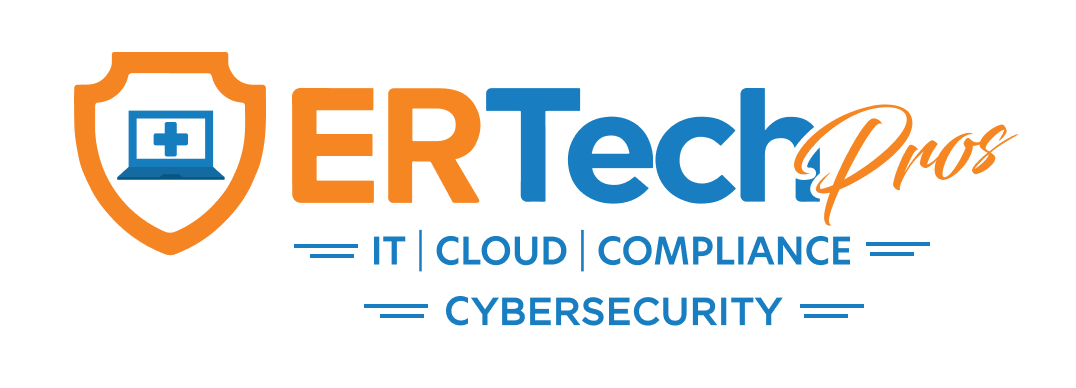Your patients aren’t the only ones who need a regular health check. Technology plays a
massive part in every modern clinic’s day-to-day operation, so if you want your practice to run at peak performance, you must ensure your IT network is healthy and secure.
While 100% efficiency 24/7 may not be a realistic expectation for your IT network, there are steps you can take to identify potential issues, minimize downtime, and maximize productivity. The sooner you spot a health problem, the easier it is to deal with, right?
You can start looking for potential tech problems in your practice by performing a thorough IT health assessment.
What is an IT Health Assessment?
An IT health assessment is an objective and comprehensive IT infrastructure audit. Its goal is to evaluate your IT’s effectiveness and identify potential weaknesses or risks. The exercise can also include your cloud and cybersecurity infrastructure.
Because your practice’s IT infrastructure holds valuable data and protected health information, you need to be cautious of whoever has access to it. For IT assessments, you should partner with a reliable
team of experts specializing in healthcare IT.
IT health assessments are designed to help organizations understand the current state of their IT network, highlight any gaps, and determine where improvements may be necessary. It helps practice owners like you identify and address any weaknesses in their structure before they start affecting practice productivity and data security.
By performing an IT health assessment, you can evaluate your practice’s current IT situation, pinpoint areas you want to prioritize, and anticipate future needs.
5 Questions to Guide You Through an IT Health Assessment
1. What’s the Current State of Your IT?
Start the assessment by getting a good look at your current IT infrastructure, the role it plays in your IT operations, and how well it’s performing at present.
Your Organization
- Which area of your practice do you want to focus on and prioritize?
- Does your current IT plan (if you have one) match your practice’s priorities?
If your IT isn’t pushing your practice toward steady growth and improved patient outcomes, you’re missing out on a lot; healthcare IT is meant to support the services you want to focus on and grow. For example, if your practice wants to maximize your
EHR’s key features, your IT plan should be geared toward creating an infrastructure that seamlessly supports them.
Your IT Documentation
- Do you have IT documentation, logs, and policies in place?
- Do you find your current documentation complete, organized, and helpful?
IT documentation refers to collecting all necessary information regarding one’s IT infrastructure. By gathering, organizing, and regularly updating this information, your IT team can execute processes, find solutions, share knowledge, and resolve issues more efficiently.
If you don’t have an IT team and have just been contracting
break/fix IT services, it’s likely that your documentation and policies only get updated whenever an issue comes up.
2. What Software and Hardware Do You Have?
Once the IT experts have an accurate view of your current IT situation, the next step would be to run a thorough inventory of the assets you use in your practice.
The inventory typically includes the following tools and devices:


















